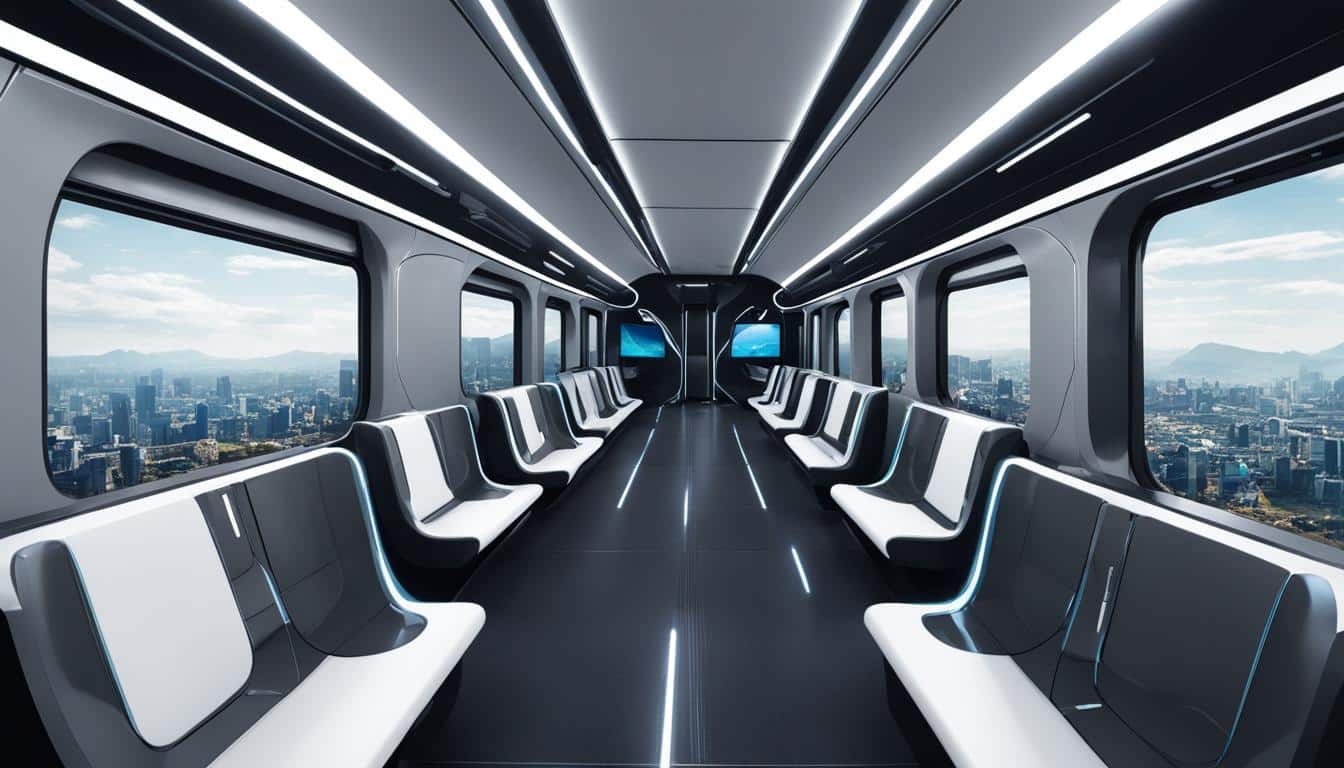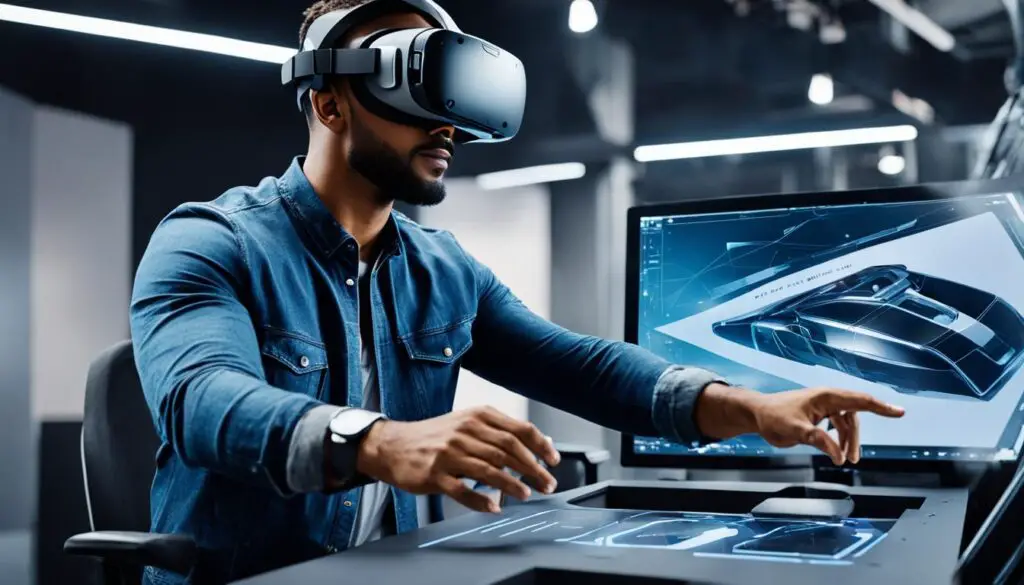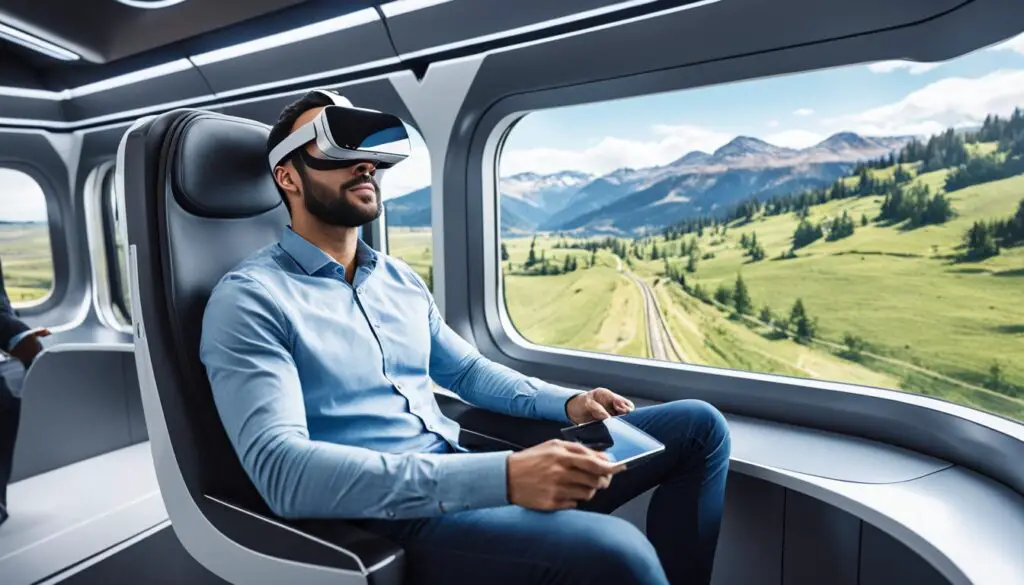
Virtual Reality in Transport Design: A New Perspective
Virtual reality is revolutionizing the field of transportation design, offering new perspectives and reshaping the future of the industry. The combination of virtual reality technology with design processes allows for enhanced visualization, immersive experiences, and efficient prototyping. This article explores the impact of virtual reality on transportation design and how it is transforming the way designers approach their work.
Key Takeaways:
- Virtual reality technology is changing the landscape of transportation design.
- Designers can create and explore realistic 3D models, enhancing visualization.
- Virtual reality enables faster and cost-effective prototyping.
- Design iteration and evaluation processes are greatly improved with virtual reality.
- Virtual reality enhances the user experience by simulating real-world scenarios.
Advantages of Virtual Reality in Transportation Design
Virtual reality (VR) technology has significantly transformed the field of transportation design, providing numerous advantages that enhance the design process and lead to more efficient and informed decision-making. From creating realistic 3D models to facilitating immersive experiences, VR offers designers and stakeholders a new way to approach transportation design.
Better Visualization of Design Concepts
VR allows designers to create and explore realistic 3D models, providing a more accurate and detailed visualization of their design concepts. By immersing themselves in virtual environments, designers can gain a deeper understanding of the spatial relationships, proportions, and aesthetics of their designs, helping them refine and iterate their ideas effectively.
Enhanced Ergonomics and User Experience
Virtual reality simulations enable designers to experience vehicle interiors and exteriors firsthand, providing invaluable insights into ergonomics and user experience. By virtually ‘sitting’ in their designs, designers can assess the comfort, usability, and functionality of different design elements. This allows for iterative improvements to create designs that prioritize user needs and enhance the overall experience.
Faster Prototyping and Cost Savings
Virtual reality technology enables faster and more cost-effective prototyping in transportation design. With VR, designers can quickly create virtual prototypes, reducing the time and resources required for physical mock-ups. This accelerated prototyping process allows for rapid exploration of design alternatives, leading to more efficient and cost-effective design iterations.
Enhanced Collaboration and Informed Decision-Making
VR promotes collaboration among designers, engineers, and stakeholders, fostering a more efficient and informed decision-making process. Through immersive VR experiences, all stakeholders can visualize and assess design concepts together, providing valuable feedback and insights. This collaborative approach ensures that decisions are made based on a shared understanding, leading to more effective outcomes.
Virtual reality revolutionizes transportation design by offering unparalleled advantages in visualization, ergonomics, prototyping, and collaboration. Designers can now create realistic 3D models, explore interiors and exteriors from a firsthand perspective, and accelerate the prototyping process.
By leveraging the advantages of VR in transportation design, designers can push the boundaries of innovation and create more functional, visually appealing, and user-centric designs that meet the evolving needs of the industry.
Virtual Reality’s Impact on Design Iteration and Evaluation
Virtual reality plays a crucial role in the design iteration and evaluation process within the realm of transportation design. It empowers designers to swiftly and effortlessly modify their models, enabling them to explore various shapes, colors, and materials in a virtual environment. This dynamic capability facilitates rapid design iteration, leading to significant time and resource savings compared to traditional methods.
With virtual reality, designers can assess the visual aesthetics of their creations from multiple perspectives and under different lighting conditions. This ensures that the final product aligns with their desired vision and meets the highest standards of quality and excellence. By virtually testing and evaluating designs, designers can detect and address potential flaws or shortcomings early in the process, streamlining the overall design workflow.
By enabling designers to make data-driven decisions based on realistic simulations and immersive experiences, virtual reality enhances the efficiency and effectiveness of transportation design. It fosters a collaborative environment where designers, engineers, and stakeholders can collectively evaluate and refine designs, leading to superior outcomes.
“Virtual reality revolutionizes the design iteration and evaluation process, empowering designers to visualize and refine their creations with unprecedented realism and accuracy.” – Emily Johnson, Lead Transportation Designer
Through virtual reality, designers have the opportunity to create a virtual world where their designs can be explored and evaluated with exceptional precision. It allows for seamless prototyping, reducing the need for costly physical iterations. This technology opens up a realm of possibilities, enabling designers to push the boundaries of creativity and innovation in transportation design.
The Benefits of Virtual Reality in Design Iteration and Evaluation
Virtual reality offers numerous benefits in the design iteration and evaluation process in transportation design:
- Enhanced visualization of design concepts through realistic 3D models
- Efficient exploration of various design elements, such as shapes, colors, and materials
- Time and resource savings by reducing the need for physical prototypes
- Improved decision-making processes through collaborative evaluation
- Identification and rectification of flaws and shortcomings at an early stage
Real-Life Application of Virtual Reality in Design Iteration and Evaluation
One example of virtual reality’s application in design iteration and evaluation is seen in the automotive industry. Car manufacturers utilize virtual reality to create immersive simulations of vehicle interiors and exteriors. Designers can step into these virtual environments, ensuring optimal ergonomics, placement of controls, and visibility.
Additionally, virtual reality enables designers to assess the visual appearance of the vehicle from various angles, including the driver’s perspective and different lighting conditions. This level of immersion allows designers to fine-tune design elements, ensuring that the final product meets the highest standards of aesthetics and functionality.

Virtual Reality in Design Iteration and Evaluation: A Comparative Study
| Traditional Methods | Virtual Reality | |
|---|---|---|
| Design Modification | Time-consuming and resource-intensive | Rapid and cost-effective |
| Visualization | 2D representations and physical prototypes | Immersive, realistic 3D simulations |
| Collaboration | Delayed and challenging due to geographical constraints | Real-time collaboration regardless of location |
| Feedback | Limited to verbal explanations and 2D illustrations | In-depth evaluation through realistic experiences |
Enhancing the User Experience with Virtual Reality in Transportation Design
Virtual reality (VR) technology is revolutionizing the field of transportation design and significantly enhancing the user experience. By immersing users in virtual environments, designers have the power to simulate real-world scenarios and gather valuable feedback on usability and comfort, ensuring the creation of user-centric designs.
One of the key advantages of VR in transportation design is the ability to test and fine-tune elements before the physical production of vehicles. Designers can utilize virtual reality to experiment with seating positions, control layouts, and visibility, optimizing the ergonomics and enhancing the overall safety features of vehicles.
VR also allows designers to simulate driving experiences, providing insights into the driver’s perspective. This immersive experience helps designers understand and improve aspects such as sight lines, driving controls, and the overall convenience of the interior layout.
Moreover, virtual reality technology enables designers to create more intuitive transportation designs by providing a realistic user experience. Through VR simulations, designers can assess the usability and functionality of different design aspects, ensuring that the final product meets the needs and expectations of the users.
The Benefits of Virtual Reality for User Experience in Transportation Design
- Realistic Simulations: VR allows users to interact with realistic 3D models, enabling them to examine and experience the design features from various angles and perspectives.
- User Testing: By gathering feedback from users during the virtual experience, designers can identify any potential design flaws or areas for improvement, leading to enhanced user satisfaction.
- Iterative Design Process: VR facilitates rapid design iterations, enabling designers to make quick and efficient adjustments based on user feedback, resulting in more refined and user-friendly designs.
- Reduced Costs and Time: Implementing VR in the design process reduces the need for physical prototypes, saving both time and resources. Designers can make iterative changes virtually, eliminating the need for constant physical modifications.
By leveraging virtual reality in transportation design, designers can fine-tune their creations to ensure optimal user experiences. The ability to simulate real-world situations and gather user feedback allows for iterative design improvements and paves the way for more innovative and intuitive transportation solutions.
| Benefits of Virtual Reality in Transportation Design | Examples |
|---|---|
| Enhanced User Feedback | Designers can gather valuable insights from users during virtual experiences, leading to improved design decisions. |
| Efficient Design Iteration | VR technology enables rapid design changes and iterations, saving time and resources compared to traditional prototyping methods. |
| User-Centric Designs | Through VR simulations, designers can ensure that transportation designs meet the needs and preferences of users, resulting in enhanced user satisfaction. |
| Improved Safety and Ergonomics | Virtual reality allows designers to optimize vehicle layouts, seating positions, and controls, enhancing safety and comfort for users. |

“Virtual reality provides an immersive experience that enables designers to understand the user’s needs and preferences in unprecedented ways. By simulating real-world scenarios, we can create transportation designs that truly enhance the user experience.”
Conclusion
Virtual reality has revolutionized the field of transportation design, leaving a lasting impact on the industry’s future. By offering new perspectives, enhancing the design iteration process, and improving the overall user experience, virtual reality has become an indispensable tool for designers and stakeholders alike.
With virtual reality technology constantly evolving, transportation designers can leverage its capabilities to create innovative and efficient designs. This opens up exciting possibilities for the development of safer, more comfortable, and visually appealing transportation solutions.
By embracing virtual reality, designers are able to visualize and explore their concepts in a more immersive and realistic manner. This efficient prototyping process not only saves time and resources but also leads to more informed decision-making. The ability to evaluate designs from multiple perspectives and lighting conditions ensures that the final products meet the desired aesthetic vision.
As we continue to embrace virtual reality in transportation design, the industry’s future holds immense potential for growth and advancement. This technology empowers designers to push the boundaries of creativity and deliver transportation solutions that prioritize user experience and safety. The integration of virtual reality into the design process is paving the way for a brighter future in transportation design.
FAQ
How is virtual reality revolutionizing transportation design?
Virtual reality is revolutionizing transportation design by offering new perspectives and reshaping the future of the industry. It combines virtual reality technology with design processes to enable enhanced visualization, immersive experiences, and efficient prototyping.
What advantages does virtual reality offer in transportation design?
Virtual reality allows designers to create and explore realistic 3D models, enhancing visualization of design concepts. It also enables designers to experience vehicle interiors and exteriors from a firsthand perspective, improving ergonomics and user experience. Additionally, virtual reality enables faster and more cost-effective prototyping, reducing the time and resources required for physical mock-ups.
How does virtual reality impact the design iteration and evaluation process in transportation design?
Virtual reality enables designers to make rapid changes to their models and explore different shapes, colors, and materials in a virtual environment. This saves time and resources compared to traditional methods. Virtual reality also allows designers to assess the visual aesthetics of designs from various perspectives and lighting conditions, improving the overall quality and efficiency of the design process.
In what ways does virtual reality enhance the user experience in transportation design?
By immersing users in virtual environments, virtual reality allows designers to simulate real-world scenarios and gather valuable feedback on usability and comfort. It enables user testing and feedback before physical production, helping designers fine-tune elements such as seating positions, control layouts, and visibility. Virtual reality can also simulate driving experiences, optimizing vehicle ergonomics and safety features.
What is the impact of virtual reality on transportation design?
Virtual reality has a significant impact on transportation design. It offers new perspectives, enhances the design iteration process, and improves the overall user experience. As virtual reality technology continues to evolve, it is reshaping the future of the transportation design industry, leading to innovative and efficient designs that prioritize safety, comfort, and visual appeal.
